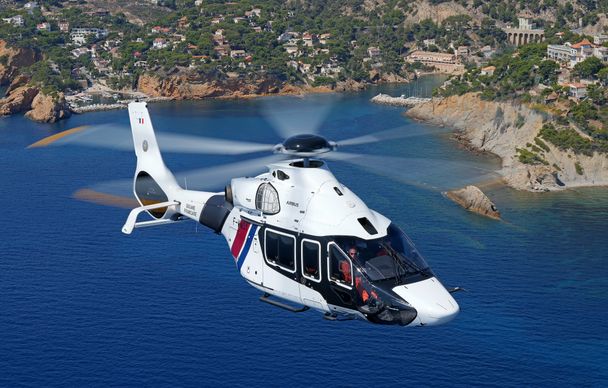To the Lighthouse…on an H125
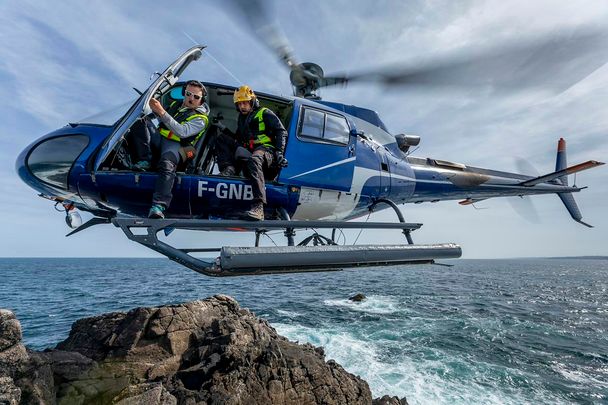
After spending part of the COVID pandemic locked down in Africa, merchant navy captain Christophe Beyssier decided to refocus on his first love of photography when he returned to France. Passionate about capturing images of people at work, Beyssier explains how a helicopter opened his eyes to new projects.
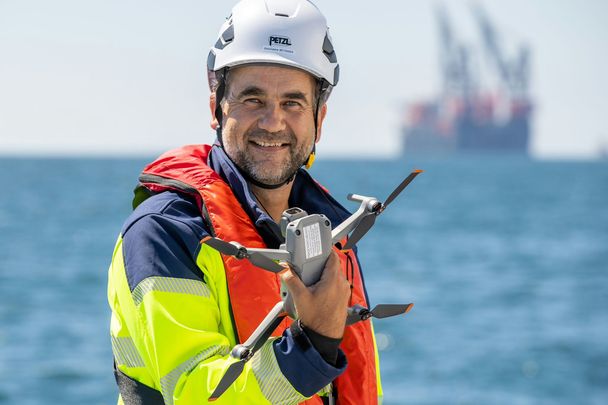
“What interests me is industry, building sites, that’s what excites me and what I want to capture. Whether it’s an incredible restoration site, or the construction of wind turbines at sea, I’m inspired by rather extraordinary sites and I enjoy telling the stories of people who work there.” Beyssier is sharing which subjects he is most passionate about in his photography and with an increase in offshore wind farms being built, it is likely that he will have plenty of stories to share.
“Every day, technicians are sent out to work on wind turbines, either to build them or do maintenance, and I’m being asked more and more to go with the teams to document their work,” continues Beyssier. “I coordinate with the crew to find the best position for the light and send the drone to take aerial images of the wind turbine construction.”
One recent project that particularly caught Beyssier’s attention was the Tévennec lighthouse restoration in Brittany. This opportunity came his way thanks to an H125, with a pilot he’d previously worked with inviting him to document the work that would be undertaken.
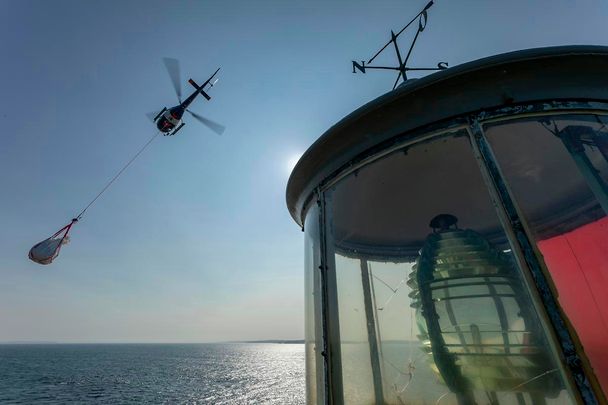
The lighthouse of the damned
The lighthouse was built between 1869 and 1875 and sits on a remote rock in the Atlantic Ocean, off the North West coast of France. The lighthouse lantern is 11 metres from the base, but all in all, since it’s on a rock, it rises 28 metres above sea level. “It was manned until 1910, but it’s in an area where there’s a lot of wind and a lot of currents. There were many legends of the lighthouse being cursed, or damned and keepers not wanting to stay there - even being driven insane, hearing eerie ghost-like winds as they lived there in solitude.”
In 1910 the lighthouse was automated and there was no keeper. The French Lighthouse and Beacons Administration continued to maintain all the lighthouses, but over time the roof began to deteriorate. “Water was seeping in, there was a lot of damp, the wooden framework was rotting, the boards inside were rotting, the partitions, the wall cladding, everything was starting to rot. The first phase in restoring this lighthouse, which was essential, was to redo the roof,” explains Beyssier. The photographer was roped in to capture the renovations and there was evidently much to do.
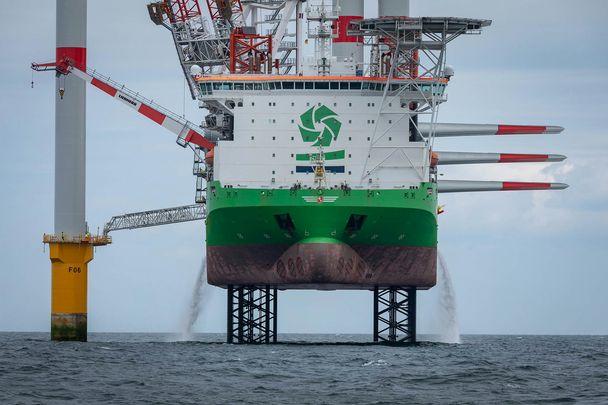
Rock of pages
To transport the crew and material to the rocky and remote island, a helicopter was the best option, which proved to be an inspiration to Beyssier who felt the project deserved to be remembered. “I said to myself: ‘There’s a story to tell here,’” he notes, “because, on the one hand, it’s about restoring maritime heritage, the lighthouses and at the same time, it’s about the helicopter giving access to an isolated site, carrying people and heavy loads. I thought it would be interesting to write a book on the subject.”
The book is titled ‘Levage au phare maudit - L'hélicoptère au service du patrimoine’ (Lifting the cursed lighthouse - the helicopter at the service of heritage). With the photos taken, the next step is printing and Beyssier is currently raising funds to publish the work. Consisting of stunning photos that cover both the history of the lighthouse and the important role the helicopter played in the project, the book covers each step of the restoration. “I end the book with more of a human side, the key stakeholders in the lighthouse, some people have written a short text to explain what this project meant to them and why they found it exceptional.”
To follow Beyssier’s journey and find out more information about the book follow him on social media:
LinkedIn: https://www.linkedin.com/in/cbeyssier-photography/
Website: https://photographe-offshore.com/
